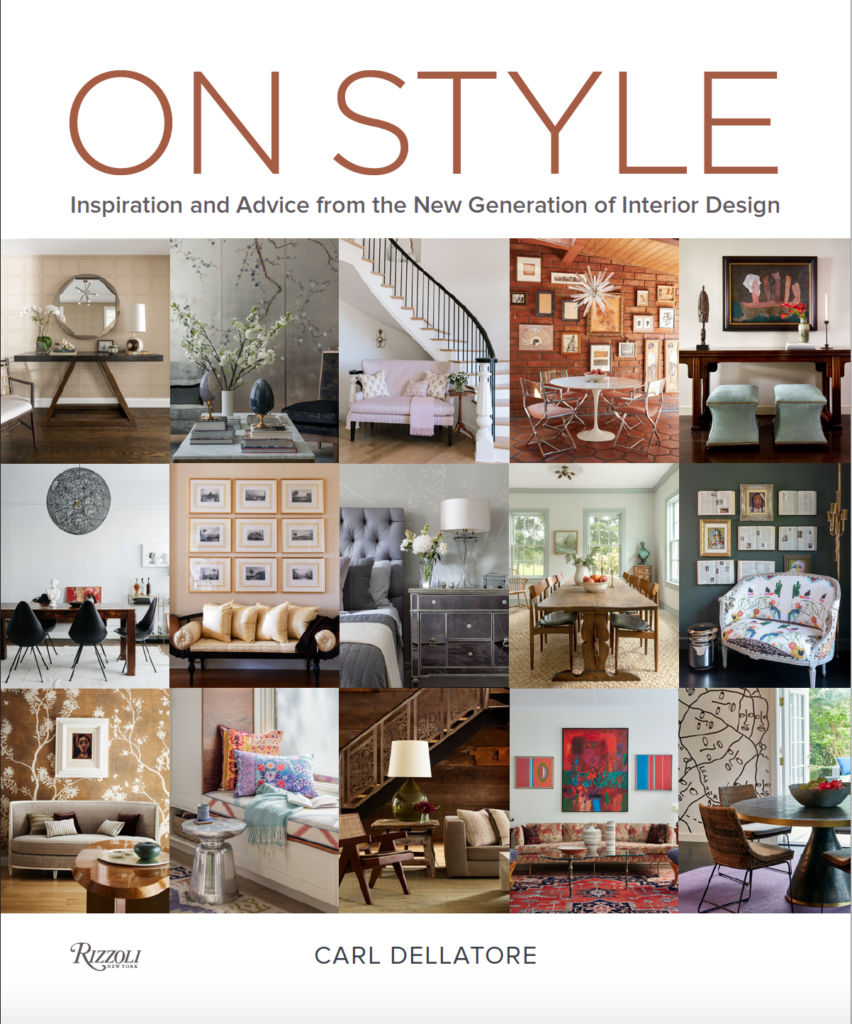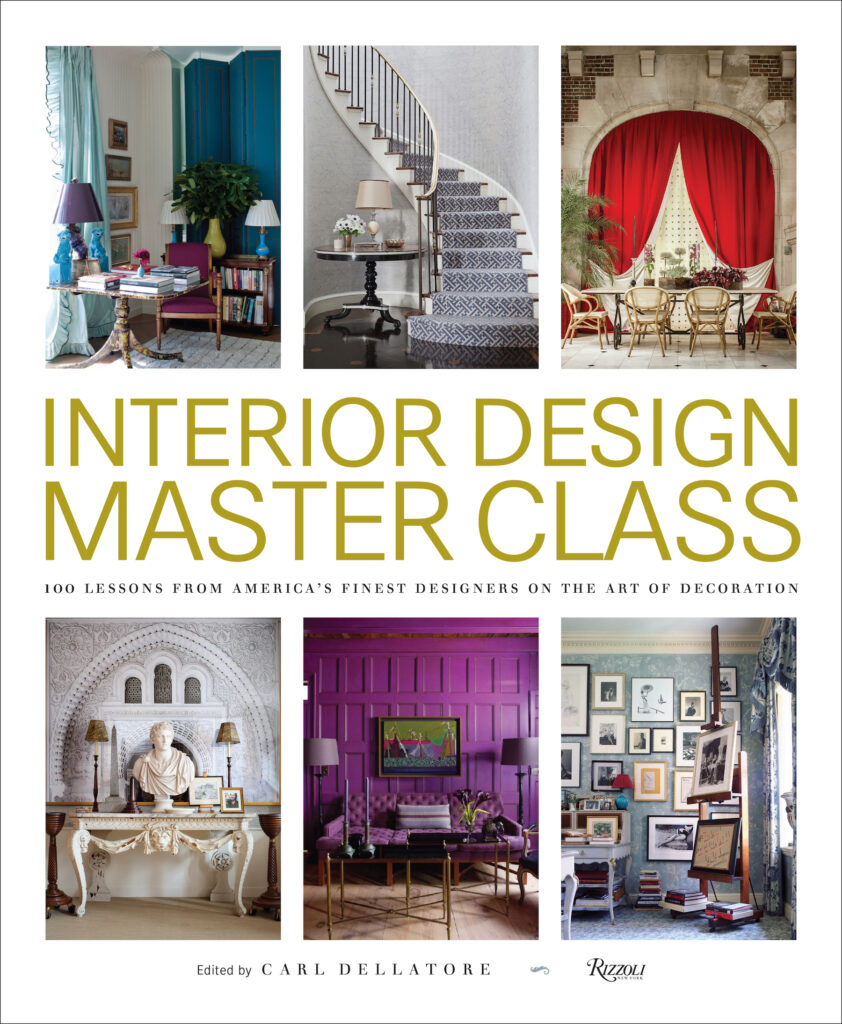
Afterword
© Carl Dellatore, April 14, 2020. Rizzoli New York
Thinking back to my earliest memory of a garden, I’m transported to the 1960’s in rural Pennsylvania, my maternal grandmother’s house in the last days of April, and Hyacinthus orientalis – the common hyacinth – in shades of purple, pink, and white.
While a novice by the standard of garden designers featured in this book, Mom-Mom had a true green thumb. Her front yard was tiny: some grass, and a strip of garden abutting the house that was the anticipated harbinger of spring, signaling the time to jettison heavy coats and snow shovels. When the hyacinths she planted broke ground and bloomed, you could smell them from the front porch of my family’s house next door; in fact, they were the signal my mother used to have the storm windows removed and replaced with summer screens.
Mom-Mom’s backyard was a small plot of land that might have been a grass covered respite to sit in a folding chair and have an iced tea. But for my grandmother, it was her pride and joy: the vegetable garden.
Farthest back some 15 feet from the house were several rows of corn and sunflowers that obscured the view of her neighbor’s garage. Moving toward the house, a dozen or so beefsteak tomato plants were planted in a chevron pattern with conical cages to support the eventual weight of their fruit. Moving toward the back door in orderly rows were red beets, string beans, cucumbers, radishes, cabbages, carrots, peas, kohlrabi, pumpkins, and bib lettuce. Several varieties of coleus plants were interspersed for color, cuttings of which would be brought indoors to ‘root’ in repurposed jelly jars on the kitchen window sill. They would eventually be replanted in yard the following spring. A real circle of life.
As the family living next door, we were the welcome recipients of Mom Mom’s summer bounty from late June though the first frost. There was rarely a meal without something from her garden.
It wasn’t until the 1990’s until I found the pleasures of gardening that my grandmother knew so well, when I purchased a modest house built in 1822 on a dozen acres in Churchtown, New York. It had originally been a poultry farm owned by one Homer Anderson (the original map of the house, with his name inscribed on it, came with the deed).
The place was in disrepair, which was part of the allure of the property: I love a project. Rotted and paint-bare, most of the clapboards needed replacing. The septic system failed. The plumbing needed professional attention. The outdated kitchen and bath desperately needed an update. Every wavy float glass window needed re-glazing; the entire house needed rewiring. You get the picture.
Outside there was evidence of a once thriving garden, but the previous homeowner explained he had paid little attention to it in the dozen years he owned the house. Hundreds of Siberian iris came up in May, but were crowded by poison ivy, wild black caps, and chickweed. Several dozen mature lilacs were leggy with few if any flowers. Hydrangeas that didn’t bloom, periwinkle mixed with dandelion, and a stone wall barely visible through the thicket.
Like most novice gardeners, I rolled up my sleeves every Saturday morning that first spring and set about what I thought was an ordered list of tasks required to bring the garden back to glory. But not having done adequate homework, I made mistakes.
That poison ivy I mentioned? I had a perennial (pun intended) case. I planted several dozen variegated Hosta in full sun; they withered to craft-paper brown by July. On the hill behind the house, I decided there should be Baltic ivy as ground cover. My partner and I spent an entire weekend clearing the brush, augmenting the soil, and planting 2000 (!) rooted cuttings purchased by mail order. Imagine our surprise when pulling up to the house the following Friday afternoon to find a deer and her fawn grazing on what turned out to be the last morsels of a week-long, all-you-can-eat buffet.
Eventually I came to the conclusion I needed a garden designer.
On the advice of a neighbor I hired Philippe, a French expat who lived a few miles away. We spent 2 hours together every Saturday morning during the spring and summer season of the second year discussing the topography, the existing plants, a ‘rescue’ plan for the parts of the garden I liked, and ideas for new plantings. We made trips to Ward’s Nursery in Great Barrington, where Philippe shared his expertise in choosing the perennials and annuals best suited to the Catskill mountains.
By the end of my 4th year, with untold hours of enjoyable sweat equity, I had my garden. In fact, with Philippe’s tutelage I’d built a formidable stone staircase, one riser and tread every weekend over the course of 2 summers, which led to the plateau where we put the pool and pool house.
Now I don’t own that house anymore, but when I think back to my naivete in planning its garden, I wonder what it might have been like to have the advice of the finest garden designers in the world to guide me. How do you integrate architecture and garden? How important are scale and proportion? What if I want my garden to have a Japanese sensibility? What are the differences between a formal and an informal garden? I love roses, but how do I choose a variety?
That’s part of the reason I decided to do this book, so that when I buy my next house, I’ll have it in one hand, and a pruning shears in the other.
That, and to remember my grandmother.

